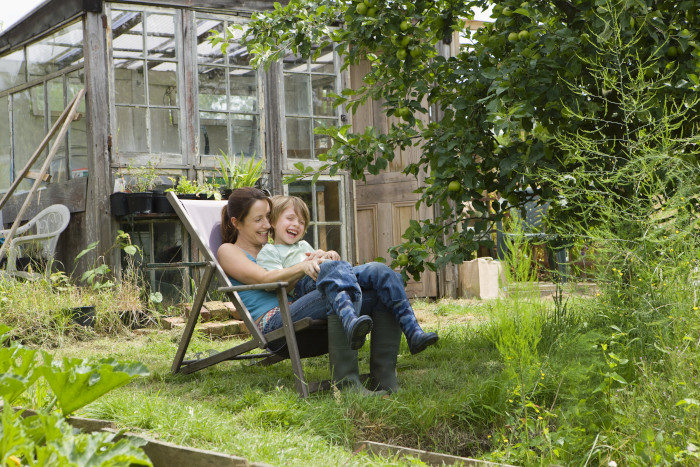If you’re looking for an eco-friendly roofing option, you might want to consider installing a living roof for your home. Discover more about it below:

Intensive and extensive green roof
There are three main types of green roofing, determined by the depth of the planting and the level of maintenance they require: intensive, semi-intensive and extensive. While extensive roofs can handle 10 to 25 pounds of vegetation per square foot, intensive roofs aim for 80 to 150 pounds, and semi-intensive fall between those two ranges.
An intensive green roof is more like a rooftop garden, with a great deal of labor, irrigation and feeding required to maintain plants with roots that grow deep into 7 to 24 inches of soil. Some even include water features, such as small ponds. Extensive roofs, in contrast, are meant to be self-sustaining with 1.6 to 5 inches of soil and the need for only once-yearly weeding. If the roof is not easily accessible, an extensive roof is likely the best bet. Source: Engineering
Semi-intensive (or hybrid) green roof
With this treatment, choices in vegetation are much broader than with an extensive green roof. Plus, not much maintenance is required. This green roof can be described as a combination of an extensive and intensive roof, and therefore is also called a hybrid roof. A variety of plants that grow well in a soil depth of five to seven inches are good to use, including certain perennials, ornamental grasses, herbs, shrubs, and sedums. Because irrigation is only needed from time to time and it requires a medium amount of maintenance, most rooftops can benefit from a semi-intensive green roof. Source: Dwell
Why go green?
A landscaped or grass roof has many advantages, if you plan it correctly. Depending on where you live and the water needs of your area, you can choose plants that handle lots of rain or ones that tolerate drought. The key to selection is to find plants that don’t have aggressive roots that can damage your rooftop (like bamboo).
A green rooftop absorbs heavy rainfall and reduces flooding. It also extends the life of a roof by protecting it from the elements. Most importantly, green roof designs insulate a home or building, reducing the temperature inside. Major cities can benefit from living roofs to combat the heat they create, called heat islands.
According to the EPA, city buildings are made of concrete and cement that trap the day’s heat. This heat can raise the temperature of a city “as high as 22 degrees more” than a nearby rural area. This increases the need for air conditioning and electricity, contributing more greenhouse gases to the atmosphere. Source: Freshome
Still can’t decide which type of roofing will go best for your dream home? We’ve got you covered! Call us today so we can help you pick one that will suit your budget and needs.
Contact:
Kerrisdale Roofing & Drains
8296 Ross St, Vancouver, BC V5X 4C6
(604) 360-2114
from Kerrisdale RD https://ift.tt/3cUriSM
No comments:
Post a Comment